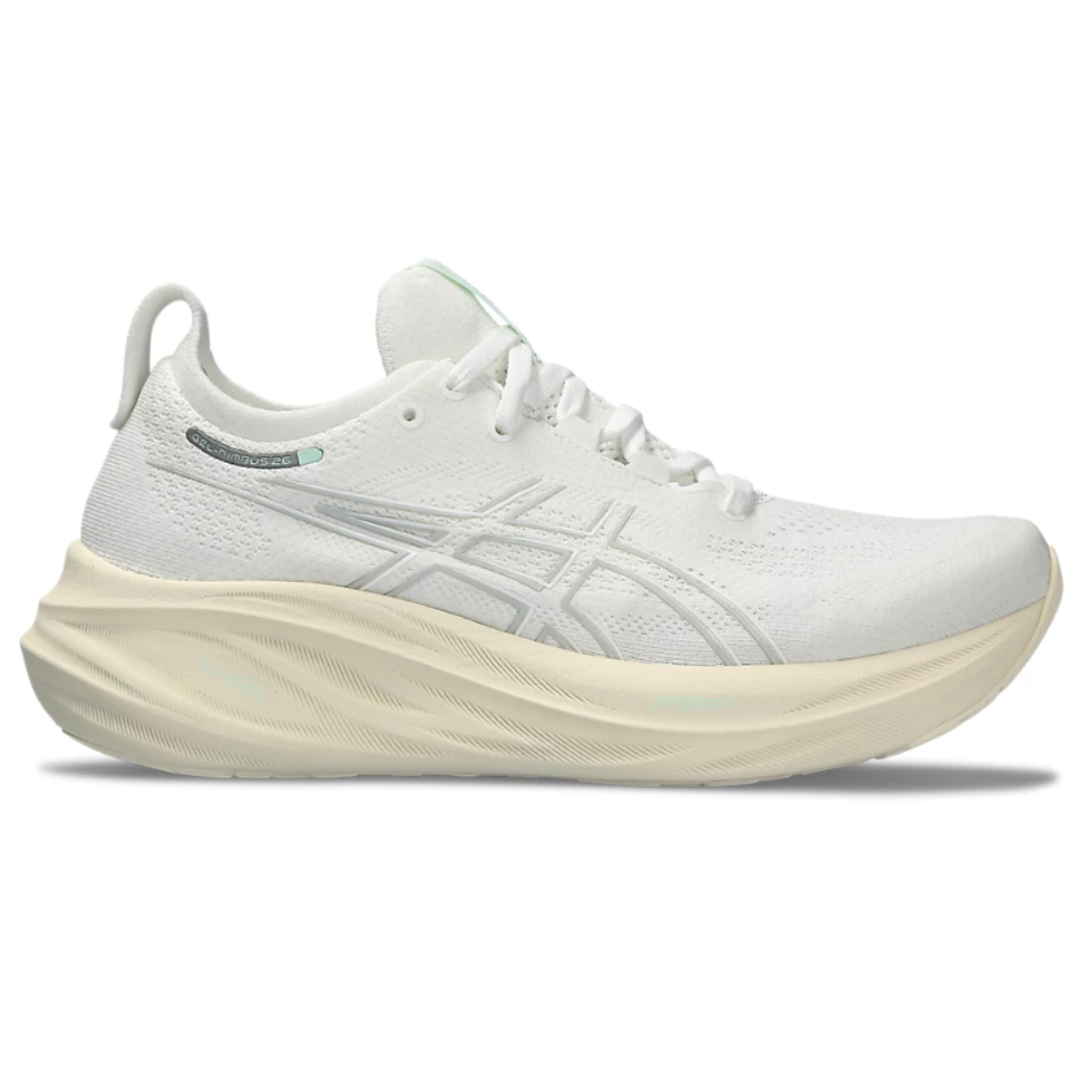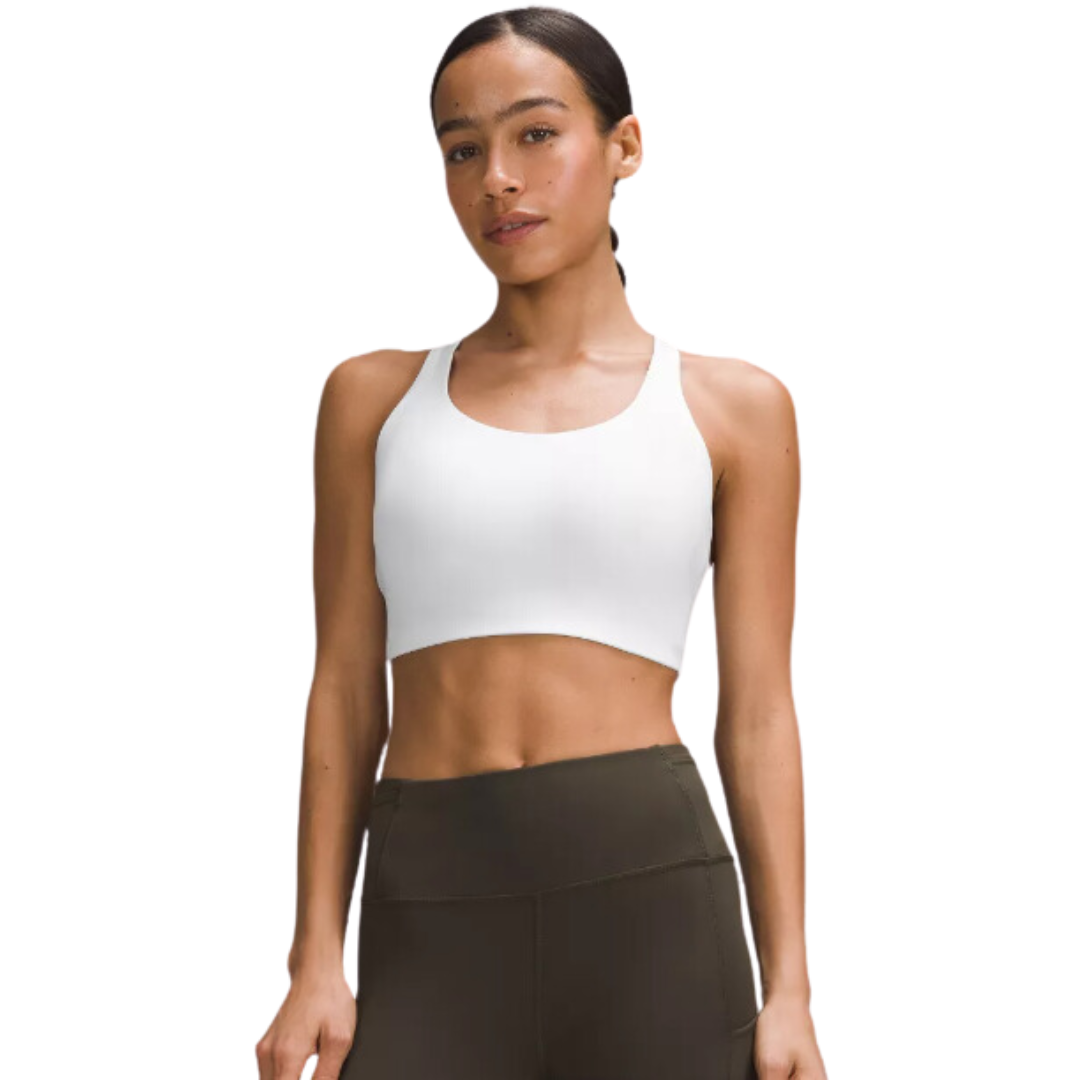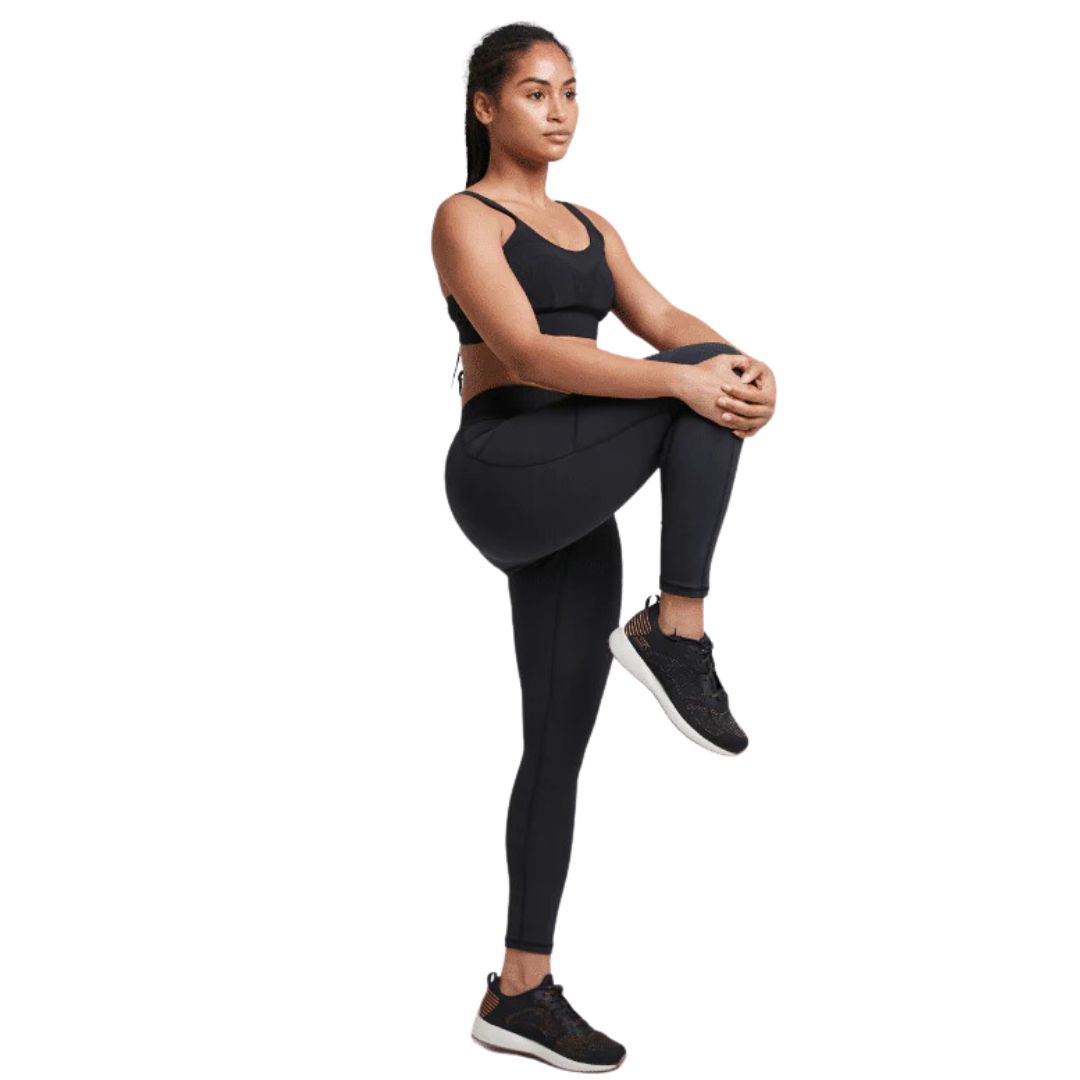SIT training is the new viral workout eclipsing HIIT in popularity. But does it really boost muscle and metabolism?
Get ready to run.


If you love HIIT, you're going to want to learn about the internet's favourite new type of workout. SIT training has been doing the rounds on social media in recent weeks because, even if you're not a HIIT kind of person, the benefits of SIT workouts aren't to be sniffed at.
Wondering what SIT training actually is? Short for sprint interval training, SIT is a type of interval training that involves pushing yourself to a near - yep, you guessed it - sprint pace for select periods of time. While endurance running is having a moment right (who else's Instagram feed is full of incredible marathon runners right now?) and zone 2 training (aka, working out in your zone 2 heart rate range, which is about 60-70% of your maximum effort) is the latest rage, high intensity exercise is still one of the most effective ways to look after your health - particularly if you're a woman.
Why so? Well, take this study as an example, which found that three days of high intensity interval training a week improves women's cellular and brain function. (If you want to read more about the science behind this, you should check out Dr Stacy Sims, an exercise physiologist and women's health pro).
That isn't to say that you should duck out of the half marathon race you have in the diary, mind. Because let's be clear: all movement is a great idea. That said, your current training regime could benefit from a speed session a week where you push your pace (and will likely result in improved performance during those longer, slower runs).
Not to mention, if you're bored of your usual HIIT workouts, then mixing it up with SIT training is a brilliant idea. Here to explain why is Kate Davey, personal trainer and HYROX Elite Pro Athlete. Keen to read more? Keep scrolling, and don't miss our guides to speedwork training, how to run faster, and how to run for longer. Want to know how to start running or what the benefits of running are? We've got you covered,.
Your guide to SIT workouts, the latest viral trend to takeover social
What is SIT training?
SIT training stands for sprint interval training - like HIIT, it involves periods of intense work followed by periods of rest.
"SIT is a style of interval training that involves short bursts of very high intensity movement followed by longer periods of lower intensity exercise or rest," says Davey.
Celebrity news, beauty, fashion advice, and fascinating features, delivered straight to your inbox!
What sets SIT apart from other types of HIIT is that, rather than just working hard, you should be working your hardest. "The sprint section should be considered your maximum effort - a nine or ten out of ten," says Davey. And while the most popular and often easiest way to do that is by running, your sprint can be any type of movement, like a sprint on a bike or just your maximum effort of burpees.
What are the benefits of SIT workouts?
1. It improves your power and speed
"SIT training uses your fast twitch muscle fibres which develop your power and speed," explains Davey.
Case in point - one Journal of Strength and Conditioning Research paper, just six sessions of SIT improved speed by 2.3% and power output by 2.8%. Imagine how much faster you could run or how powerful you'd feel in your workouts after months or years with SIT in your training.
2. It's quick
In SIT training, you'll be moving for just seconds and resting for a matter of minutes before repeating. That means a workout can last under 20 minutes. "It's much less time-consuming than a longer steady state cardio and some HITT sessions for maximum benefit," explains Davey.
3. It requires minimal equipment
"Sprinting exercises can be done outside and mean you don't need a lot of kit," says Davey. For that reason, it's a great accessible way to move, whether you don't have a gym membership or you're away from your treadmill.
4. It'll improve your muscle endurance
Despite SIT being about short intervals, research shows it can also improve muscle endurance. One paper from the Journal of Applied Physiology, which also looked at the impact of six SIT sessions, found that participants improved their endurance performance by 100% on average.
Is SIIT training better than HIIT training?
While SIT is technically a form of HIIT, they are different workouts. So which type is best for you?
"SIT involves higher intensity and shorter bursts of movement," says Davey. While research suggests that they're both great at burning fat - with one study showing HIIT and SIT both led to nearly 30% more fat loss than moderate-intensity exercise - they can both play a part in your routine. "Incorporating both SIT and HIIT into your training routine can be effective – while SIT can help to sharpen your speed and explosive power, HIIT will blend the sustained endurance and resilience," she goes on.
Can beginners do SIT workouts?
The benefits of SIT are brilliant for boosting performance in your other workouts and improving your health for day-to-day life. But who is SIT best for?
"Anyone can use SIT training - it's not just high-level athletes," says Davey. That's because SIT isn't measured by a particular speed or performance but by your own subjective measure of how hard you're working. For example, a beginner's output may be less objectively fast or intense than a professionals, but as long as it is their maximum effort, they'll be reaping the benefits.
However, because SIT is so intense, Davey recommends starting slow and working with a pro before getting started. "If you are new to exercise then I would build up to an all-out-effort workout and make sure you have had a health screening to check things like you blood pressure, resting heart rate and other vital health checks before starting vigorous exercise," she recommends.
How to do SIT workouts
Once you're feeling ready to do SIT, there are simple ways to put together your perfect workout.
Firstly, decide on your exercise. "If you're running, then you can choose a road run (but come with a smartwatch or stop watch to time your intervals) or treadmill. I really enjoyed a curved treadmill as you can control and increase your speed yourself without having to wait for the treadmill to mechanically speed up and down," says Davey.
Another great option is cycle SIT workouts, speeding up as fast as you can go on a road or stationary bike before taking rest periods. While classic cardio moves like burpees can work, some may find them too fiddly or confusing to go at their all-out max.
Then, you need to pick your sprint and rest periods. "I would choose five to 30-second intervals of work to two to four minutes rest. If you choose a longer work interval then you should choose a longer rest period, too," Davey adds. Your rest can involve walking, cycling, or completely resting.
An example workout might look like:
- 20 seconds of sprinting
- 2 minutes rest
- Repeat four times
Do note: Recovery from SIT workouts is vital - our bodies will only reap the benefits from such a tough workout if we take downtime. For the rest of the week, make sure to include low-impact workouts, eat nutritious food and prioritise your sleep.
Shop MC UK's go-to fit kit now:

Chloe Gray is a freelance journalist who writes and talks about health, fitness, and wellbeing through a feminist lens. She was part of the launch team for Stylist magazine's fitness brand, Strong Women, and has written for i news, Women's Health, Red magazine, Good Housekeeping, Refinery29, and more. She's all about building mental and physical strength, eating delicious food that fuels you well, and making the fitness industry more accessible and enjoyable. She's also a qualified fitness trainer and research nerd, so you can be sure everything you read is backed by proper science.



